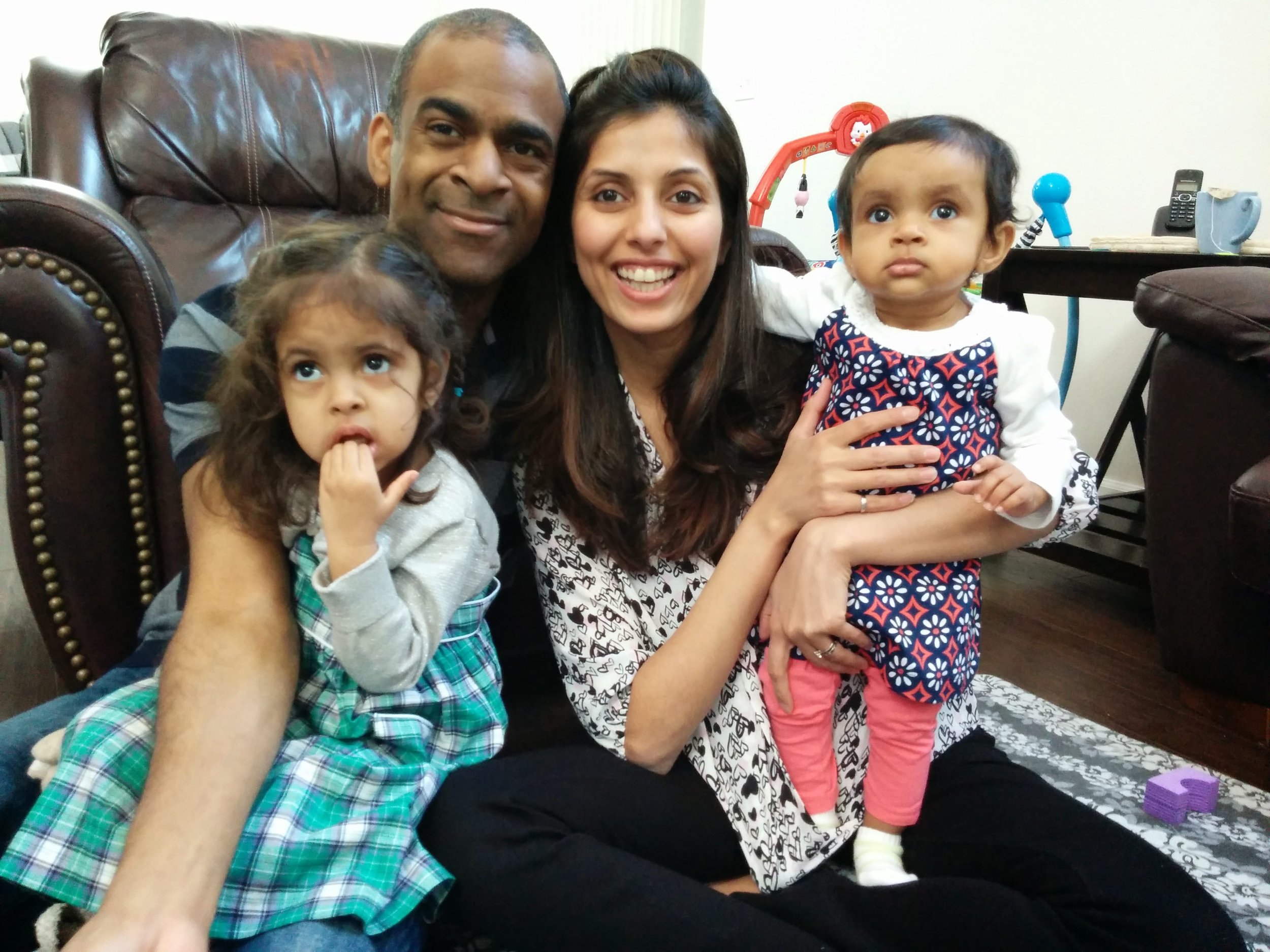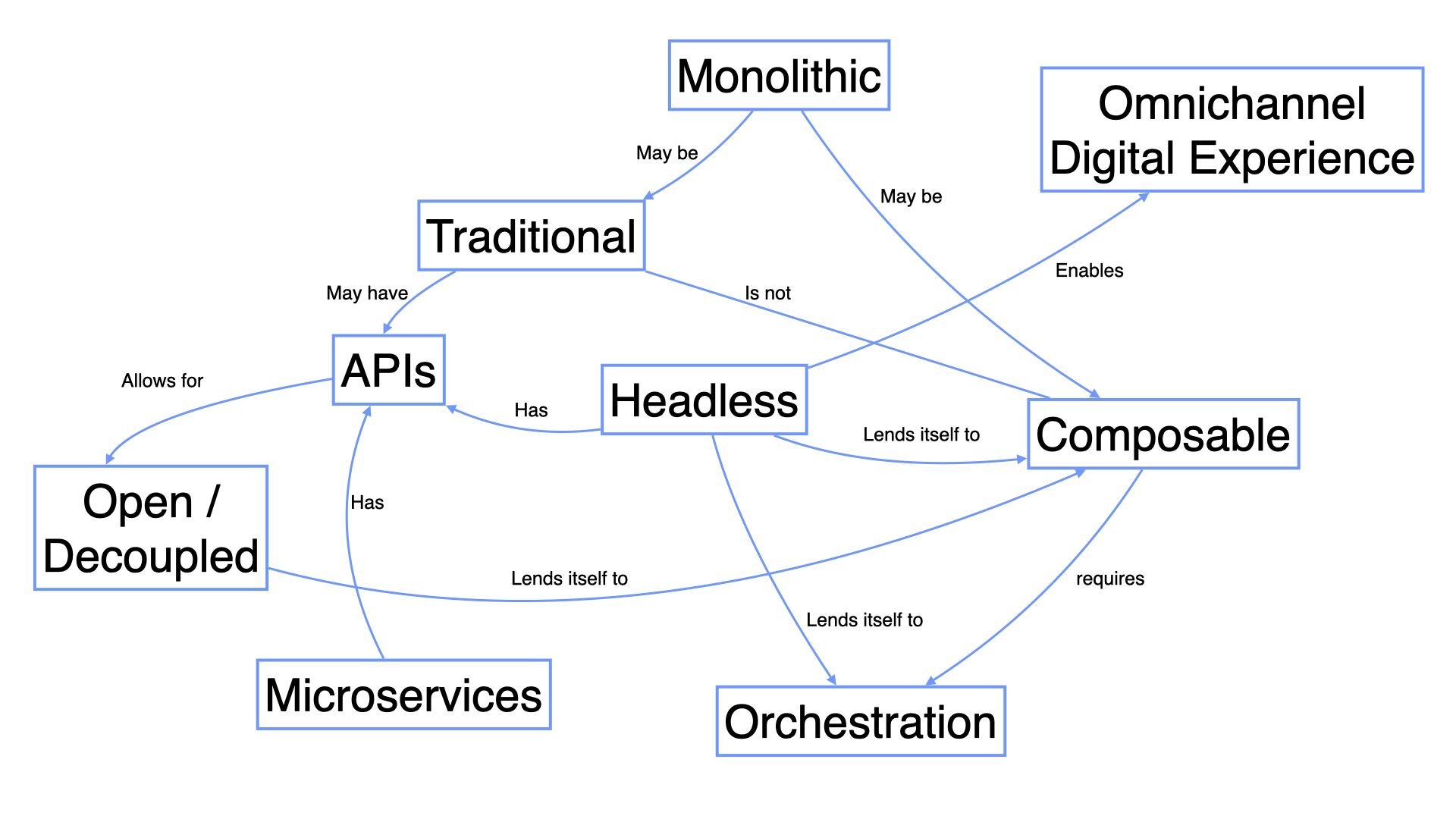by Janus Boye
First came the Web CMS, then came Headless, and now it’s time for composable
When Sana Remekie talks about the need for marketing to lead the Web or how to navigate the seemingly never ending vendor chaos when building your digital platform, she does so from a strong foundation of understanding how enterprises approach digital and how digital have evolved in the past twenty years.
Sana is the co-founder of Conscia, a Toronto-based enterprise software-as-a-service company that empowers marketers to activate personalized experiences on every channel. They refer to it as connecting the dots with the digital experience graph or to put it another way: Connecting the dots between customer and content in every context.
She’s also recognised as among Canada’s Top 10 Influential Women in Tech and recently became a MACH Ambassador. Sana is our expert of the month.
Creating Conscia to challenge the status quo
As Sana said in our conversation, she was both naïve and without much knowledge of the corporate world, when she joined digital agency Sapient back in 2006 as a technical consultant. That’s not what they teach at the University of Waterloo, where she studied System Design Engineering.
A family photo from 2016 when Conscia was formed and Sana also had 2 small kids
At Sapient, she was assigned to sizable and complex enterprise projects. Her focus was on search and discovery experiences, and in particular enterprise search vendor Endeca was a popular part of the toolbox that Sana used. Besides making search work, she also learned much about how projects are actually implemented and noticed how there tends to be many different cooks in the kitchen, different silos and a not too uncommon feeling of the left hand not knowing what the right is doing.
While observing these patterns and thinking about how to best address it, she kept seeing it over and over again. Marketing was simply not talking to IT and IT was busy building something, which often marketing didn’t really want.
After a few years, she was approached by Endeca to move from the agency world to the software firm as a solution architect. Sana saw it as a big promotion and an opportunity to make a bigger impact across more customers. Still, the same pattern continued, but more profoundly. To quote:
The data needed to build a functioning search index comes from various siloed data sources. This is not just frustrating for those implementing, but it has a real negative impact on the customer experience.
Back in circa 2012, she was talking to her husband, Dwayne, about all the problems organisations go through to build good solutions. They were both in jobs dealing with an explosion of new and legacy technologies that didn’t communicate with each other and after a couple of years, in circa 2015, they realised that their ideas weren’t going to make it into the product were they where working.
To challenge this and to try to make progress towards a better solution, they decided to launch Conscia as a software startup and leave their day jobs behind. The basic premise back then, still holds today:
In order to compete in today’s competitive landscape, organizations will need to break out of the hand-cuffs of single-vendor legacy platforms and embrace the new world order of best-of-breed solutions.
Solving the garbage in, garbage out problem
Having decided to build a company to solve that problem, they started looking at unification of data, how to tackle data silos and initially they saw themselves squarely placed in the emerging vendor category labeled data preparation platforms.
In the initial years, they received plenty of validation that the need was there, but it was tricky to break through without a well-defined category. Customers were at best spending money on search and although content optimization was a necessary step to solving the garbage-in, garbage-out problem, organizations had no budget for this.
Then in 2017 they started seeing the wave of new vendors talking about the headless approach, both in content and commerce. Perhaps this was an opportunity to solve the problem in a better way?
With an increased focus on having the delivery infrastructure to deliver content in realtime to power compelling experiences, the need to bring data together in a data hub was removed, and it made Conscia pivot once again. Like Sana said it made them realise:
What we should be doing is orchestrating how the content is delivered and not just aggregating the content
To elaborate, customers want to use their headless solutions to deliver at high performance and scale. This means that now Conscia could position itself to become an engine to orchestrate hybrid and dynamic experiences and not just to pull content from different platforms. To Conscia, this realisation pushed them an important step closer to:
building something valuable for marketing
building something that allows IT and marketing to collaborate
allowing marketing to be in control of the end-user experience
letting IT enable it
Addressing the 2022 challenges in headless and composable architectures
Fast forward to today, and many have moved from headless onwards to composability. Sana presented the below mind map of DX related terms at the CMS Experts meeting in May in New York City and it created a good amount of healthy conversation and debate
To quote Sana from when talking about this mind map: Before we talk about which way is right, it's important to speak the same language
Still, when Sana today speaks passionately about experience orchestration, for her it both connects back both to the original problem they set out to solve while also empowering marketing.
There’s been good progress in the past years, both at Conscia and in the marketplace, where the rise of the MACH Alliance has helped fuel increased customer understanding of using alternatives to the traditional software monoliths.
Sana is a frequent and highly-rated speaker at industry conferences
Asked how she sees the challenges that customers are facing today, she listed these as her top 5 when it comes to composable architectures:
Lack of business control
Continued reliance on legacy systems
Headless CMS implementations are often not entirely headless
Point-to-point integration with multiple back-ends mean that developers need to learn multiple APIs
Fragmented customer experiences across channels
This is also exactly where’s working hard to position Conscia and it has recently made her take on an additional role to help shape the industry going forward.
Becoming a MACH Ambassador
Having talked about experience orchestration for quite some years, back in 2021 the word composability also arrived on the stage. In the Gartner 2021 Magic Quadrant for Digital Experience Platforms, composability was the big thing and to Sana, reading about composability almost felt like finding a home.
Also in 2021, the MACH Alliance had just turned 1 year old and Forrester referred to it as 'The Coolest Tech in Town Club'. Sana personally really connected to the MACH Alliance Manifesto with their focus on "Future proof enterprise technology and propel current and future digital experiences".
Similar to other clubs, the MACH Alliance has certain criteria to join. It’s not just about technology, but there’s also criteria for revenue and a number of customers you need to have using MACH compliant products.
She considered putting an application forward for Conscia to join as a start-up, but early in 2022, she opted to take a different route and applied to become a MACH Alliance Ambassador, which was then formally approved in June.
Learn more about Sana Remekie
You can naturally connect with Sana on LinkedIn. Sana is also a productive writer and has shared quite a few posts that goes a step deeper in terms of the topics covered below. Here’s a few to get you started:
Navigating the chaos of vendor categories when building your digital platform (May 2020)
The Need for Marketing Led Experience Orchestration in the Headless Digital Stack (July 2022)
The Wrong Way of Doing Experience Orchestration (July 2022)
Which Headless CMS is the Right Choice for Ecommerce? (April 2020)
If you want to get out from behind the screen, you can also meet her in person in Boston in September, where she will be at our CMS Expert meeting.




